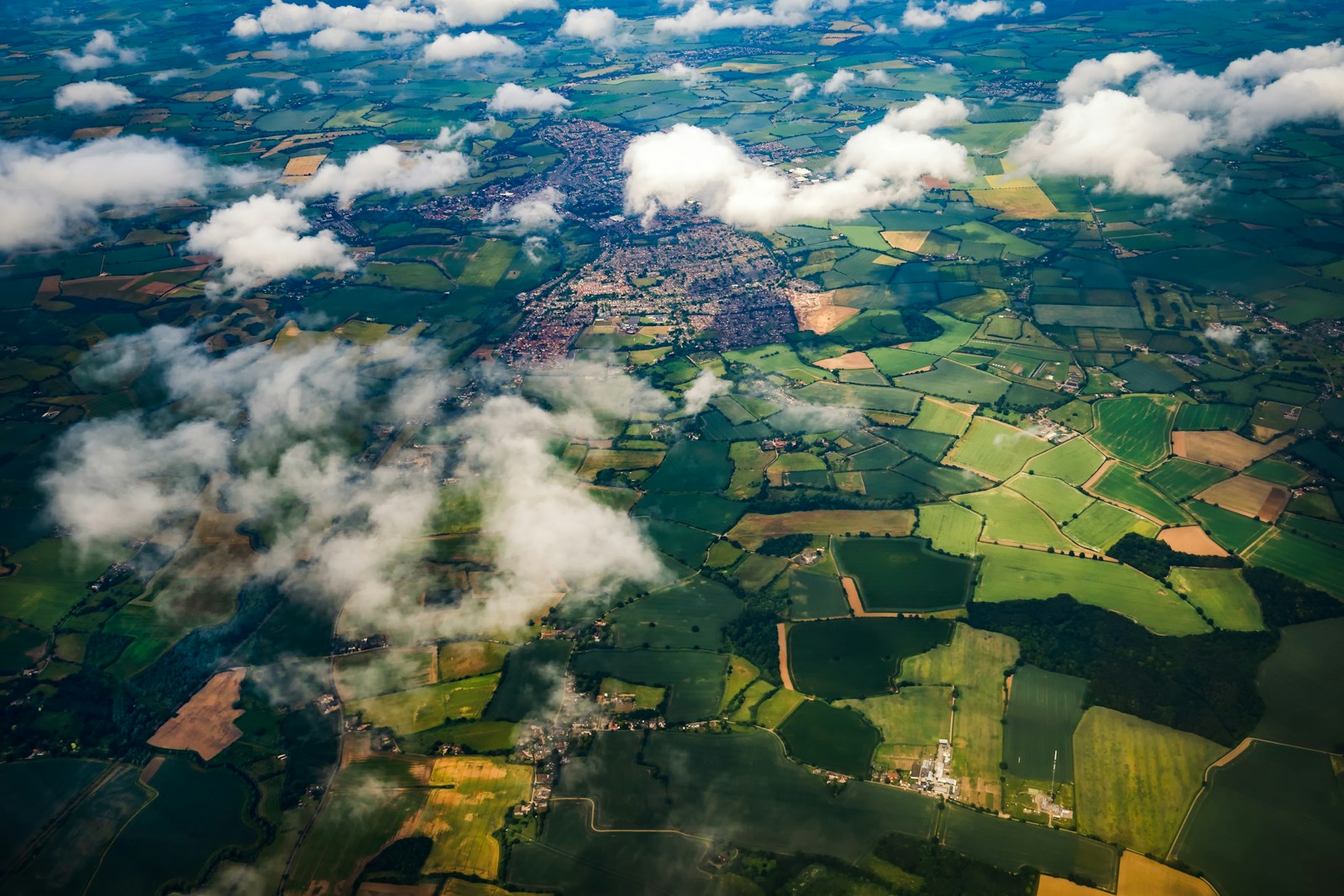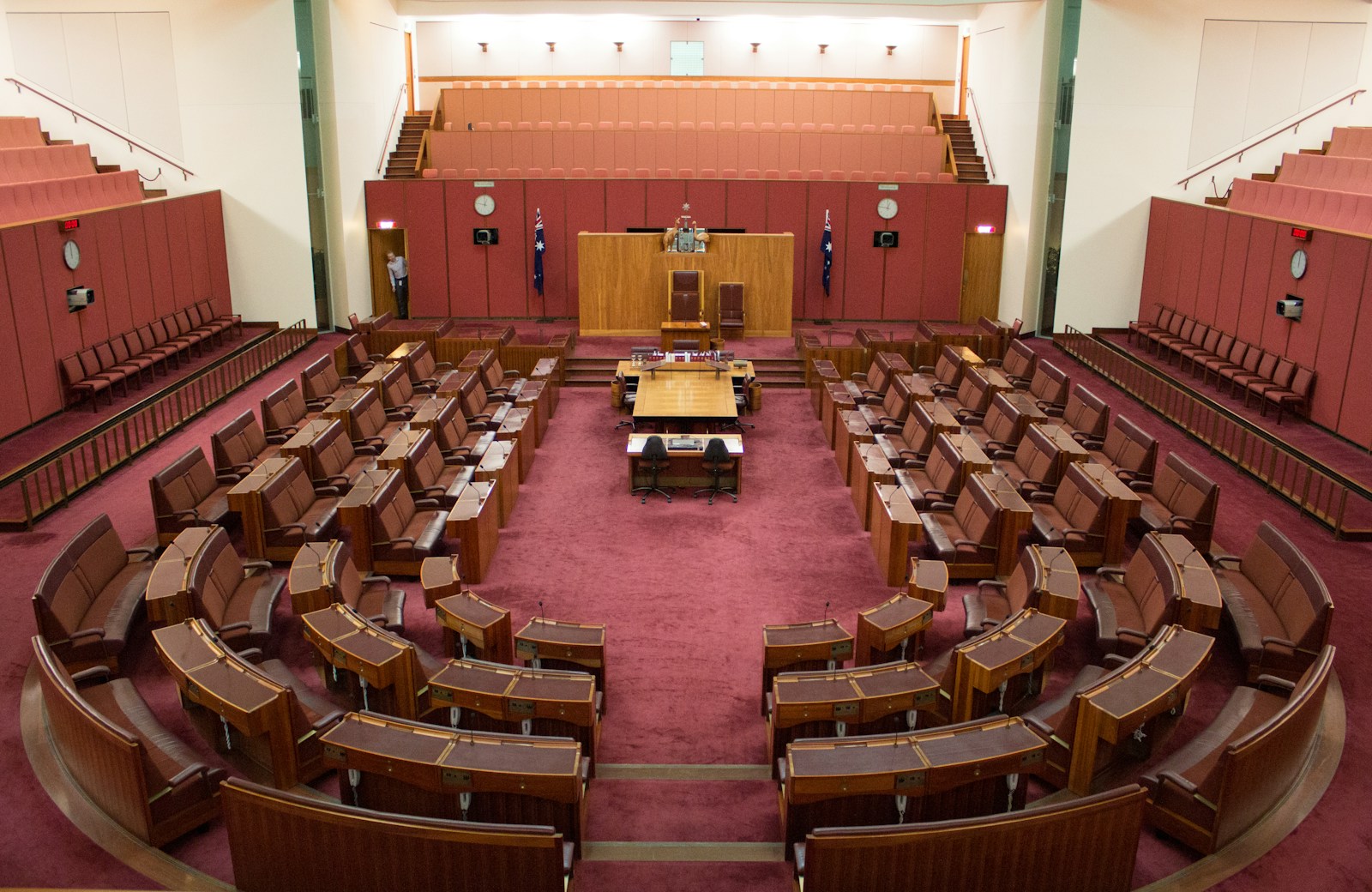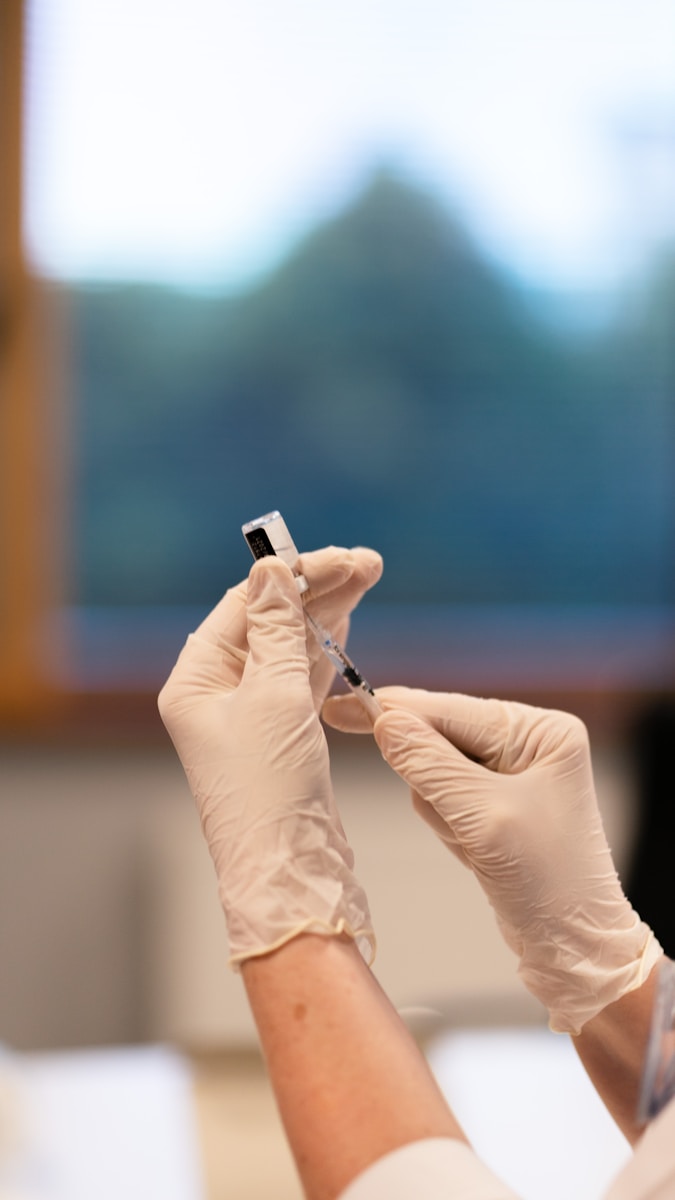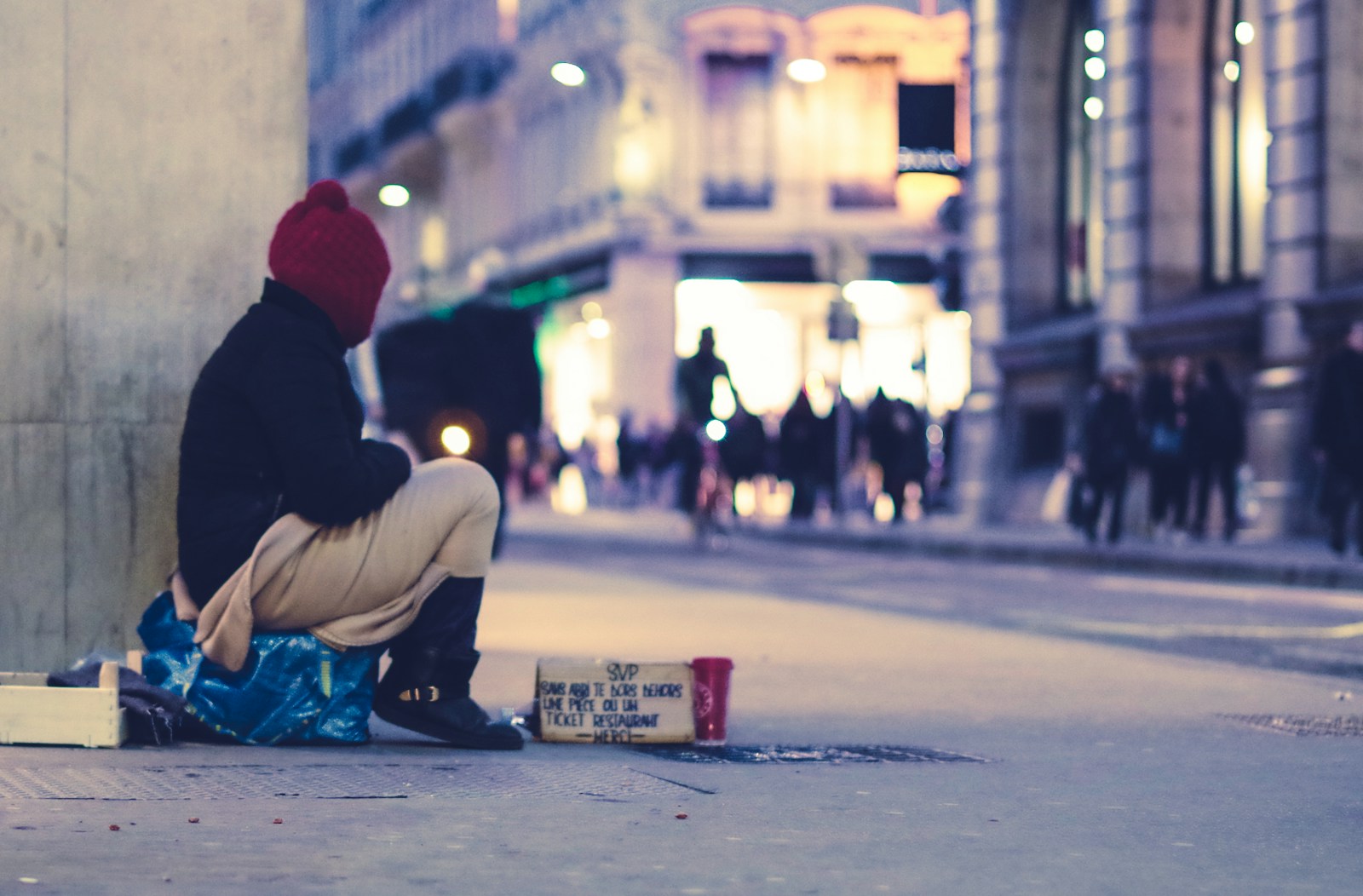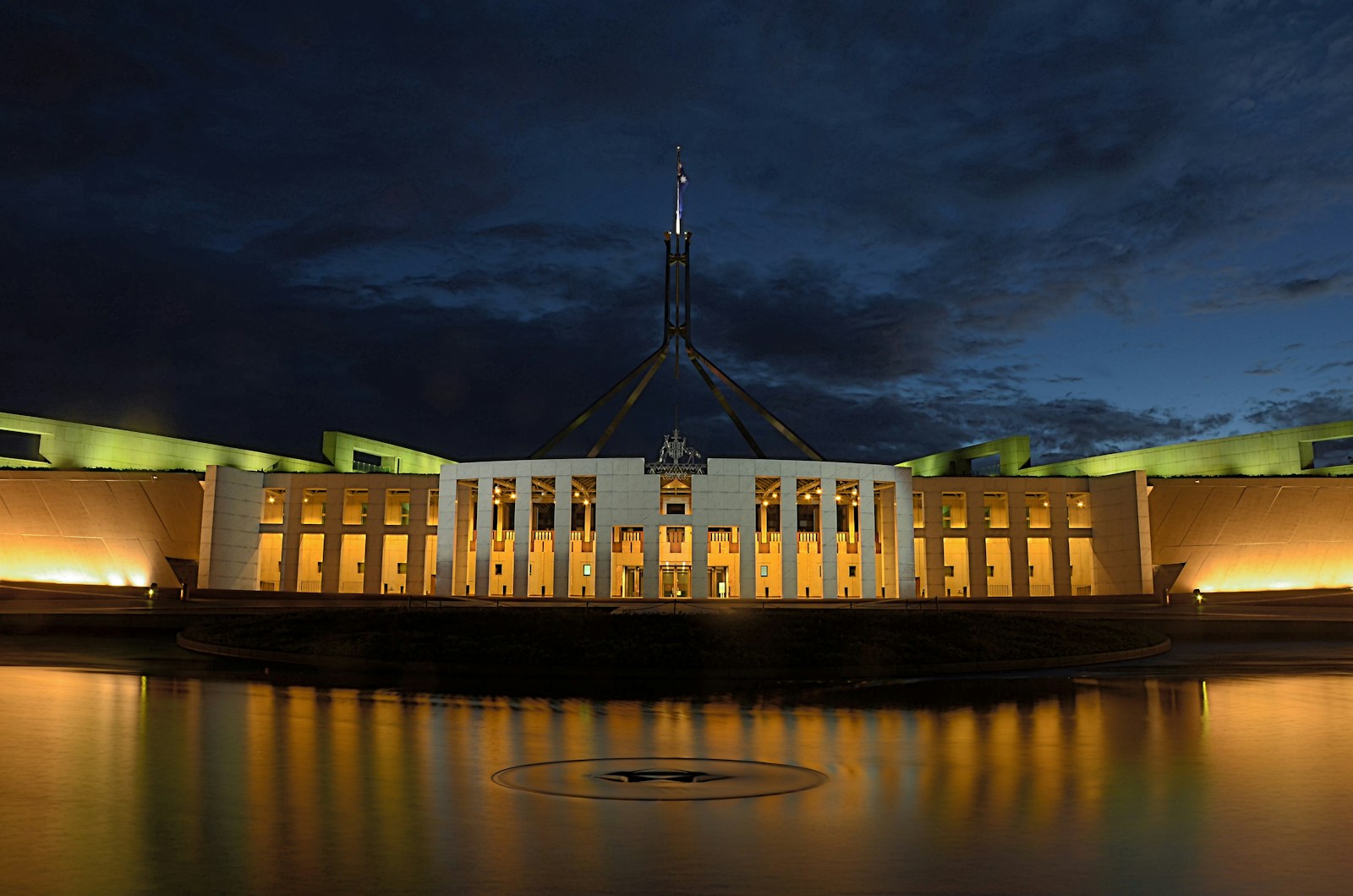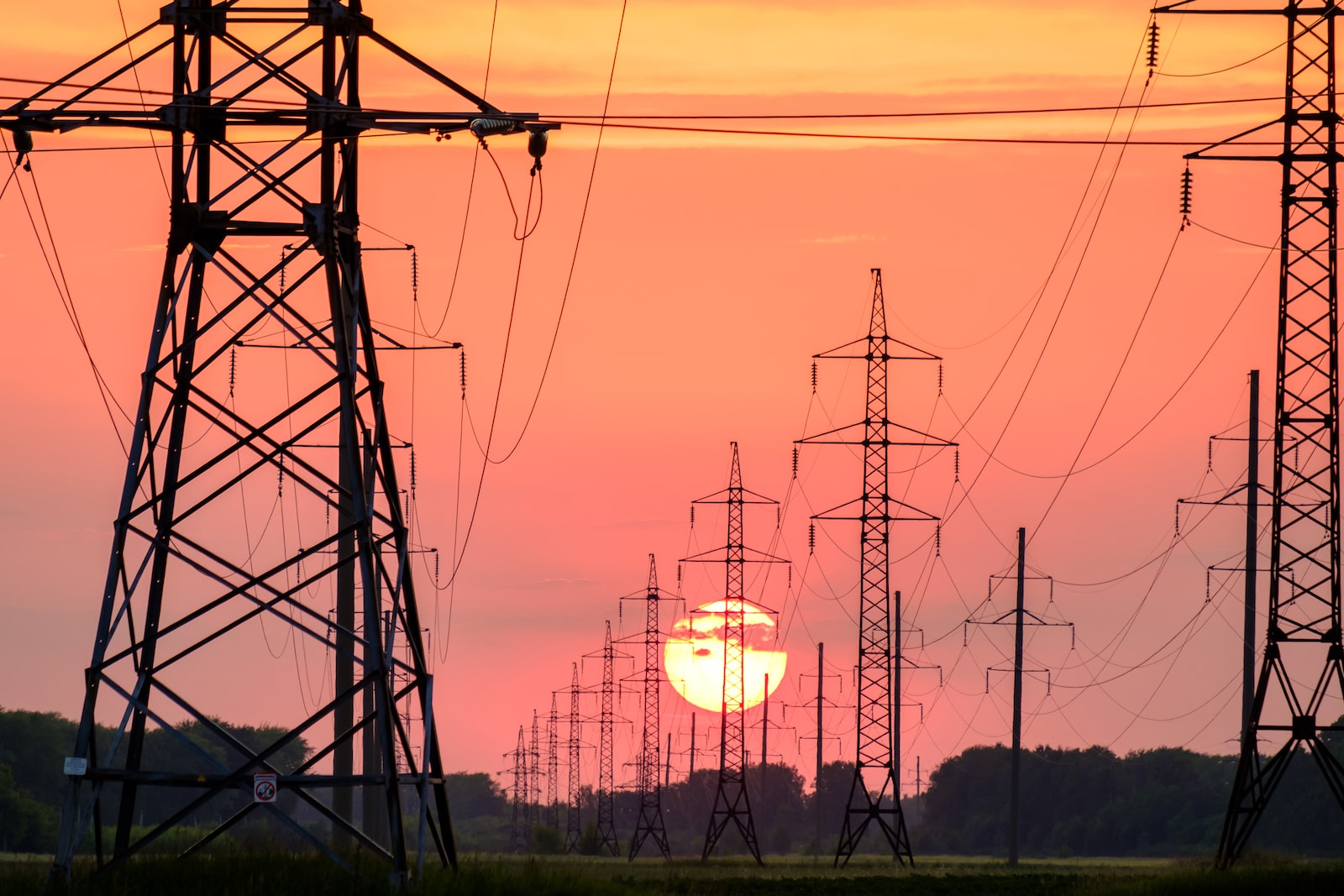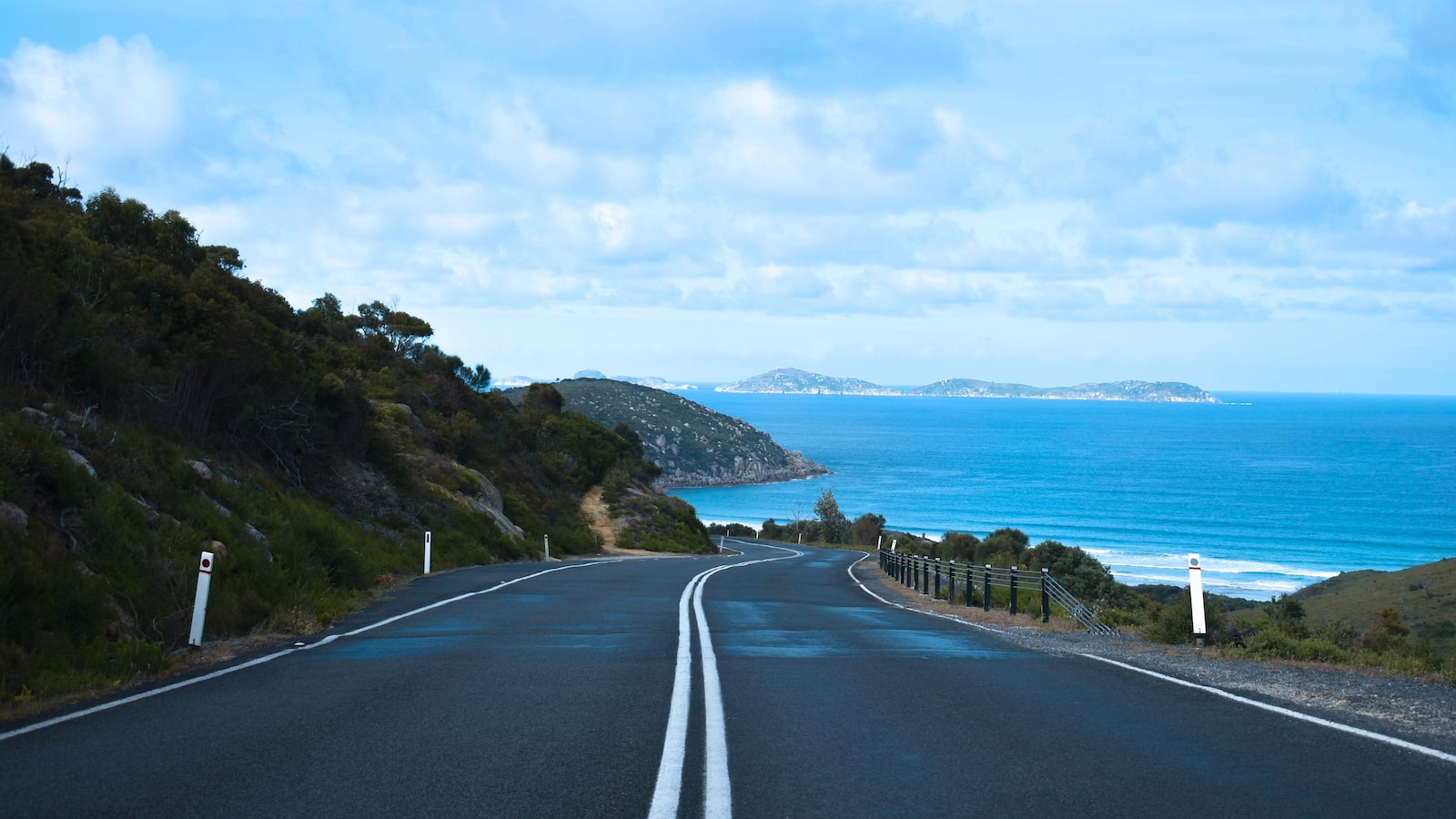Last night I spoke against the Climate Change bill that will see Australia legislate to reduce emissions by 43%, by 2030. Not only is it based on junk science, the Labor party and the Greens will never be able to make it happen. They will however destroy our energy grid trying to do so.
Just today CSIRO chief executive Larry Marshall said 40 per cent of the technologies needed to get to net zero are yet to be invented. Yet legislation to reduce emissions has been locked in by Albanese. The madness continues I’m afraid.
Chamber: Senate on 7/09/2022
Item: BILLS – Climate Change Bill 2022, Climate Change (Consequential Amendments) Bill 2022 – Second Reading
Senator RENNICK (Queensland) (19:16): I’m very pleased to rise to speak on the Climate Change Bill 2022, because as I’ve listened to the speeches today I’ve heard very little talk indeed about science. As a matter of fact, I haven’t heard even one mathematical equation that underpins any of the science since this whole debate started. But I’ll get onto that point in a minute.
I do want to lay down my credentials in terms of how much I care about the environment, and I want to distinguish the environment and my passion for the environment and the Liberal Party’s passion for the environment versus the shoddy mathematical modelling, indoctrination and intimidation of the climate change propaganda. When it comes to looking after our riparian zones, reducing pollution, and looking after our biodiversity and our land management, all these things are very, very important, and I stand with the party. It’s one of the values of the LNP, to protect our environment. But as I stand here I get worried, because I know the damage that these are so-called renewables—which aren’t renewables; they are reliables—will do to the environment if they go ahead.
I’ll give you one example. These windfarms kill both bats and birds. They are killing our apex birds, which feeds down into the food chain, and they’re killing our bats. Unbeknown to most people, bats pollinate lots and lots of flowers. So, if we’re going to go around killing bats—it’s estimated that in the US the windfarms over there kill millions of birds each year along with millions of bats. And it’s been known in other countries—in Scotland and places like that. There’s a real anti-windfarm sentiment there. They are doing a fantastic job tracking the number of apex birds that are being killed by windfarms.
But it doesn’t just stop with windfarms. It is also a problem with lithium, with these batteries, and the rare earths mining that has to be carried out in order to build a battery. Not many people realise, for example, that lithium is a one per cent ore body. You’ve got to mine100 tonnes of ore to get one tonne of lithium, But the thing about a mine is that you can’t just go and dig the ore body out of the ground; you’ve got to go around and around and around in order to get to the ore body. That means you’ve probably got what they call a stripping rate of about 10 to one. So, quite possibly, with many of these lithium mines—and don’t forget, that’s just one of the many metals that go into a battery—you would have to mine 1,000 tonnes of dirt in order to get one tonne of metal. But here’s the rub: you don’t just get the one tonne of metal out of the ore that easily; you’ve got to put it through a number of electrolysis processes to extract the metal from the ore. Once you do that, you then put it on a ship to China, where it then goes into a battery. From that battery, it then goes into—
Senator Pratt: How about doing it in Australia?
Senator RENNICK: I don’t disagree with that. We should value-add there. But it then goes over to Texas, into a Tesla factory, where it goes into a car, and then the car comes all the way back to Australia and then gets used. That said, the actual power is put into a wall socket, where most of the power actually comes from the coalmine anyway.
If you compare that to, for example, the Kogan Creek coalmine close to my home town of Chinchilla—it’s what you call a mine mouth coalmine, which is where the mine is only four kilometres away from the power station—coal is coal. There is no actual extracting of coal from the ore body. You burn it. You strip it. You mine it. You put it straight into the power station, and the power is transported by the southern interconnector. It is a very efficient way of producing energy.
But it doesn’t stop there. These batteries that go into cars weigh up to 700 kilograms. They add a significant amount of weight to a car. They increase the braking distance. They are going to increase accidents. You do not want to get hit by a 700-kilogram solid object. They are going to increase the rubber burn-off in cars and increase the rubber pollutants in the air. This is not going to end well.
On top of that, you have to build so many more security services in order to deal with the frequency and the volatility control, because we’re going to have renewables coming on and off, on and off, on and off. We’re going to have to spend hundreds of millions of dollars on synchronous condensers. They are these big spinning flywheels that sit on an inverter at the end of the coal-powered fire station, and when there’s an overload or a surge of too much energy coming from solar, for example, that power then has to get diverted into the actual spinning wheel. And if there’s a dip in the energy, if that spinning wheel is still spinning, you can divert some of that energy back into the grid. But this all requires a lot of extra cost.
There have been a lot of false assumptions. For example, the GenCost report assumes that there’s no extra transmission required until renewables hit 50 per cent of the grid. That’s farcical. The Labor Party have $20 billion for rewiring the actual grid scheme so that’s going to be a loan—I don’t know what the conditions of that loan are—and that’s going to cost a lot of money.
We’re going to have all of these extra transmission lines across the country. They themselves kill heaps of birds—that’s a well-known fact. I can’t wait for the farmers to react. There are going to be more and more of these transmission lines, and once they start getting built—I know they’re protesting about that in western Victoria at the moment. You’re then going to have all these impacts on farmers. You’re going to have transmission lines criss-crossing the country. In the old days, when we had 80 per cent of the eastern seaboard powered by coal, we only had about 30 power stations and it was all very efficient when it came to transmission.
On top of that we have the problem of recycling. The head of the CSIRO, Larry Marshall, said in estimates it costs three times as much to recycle a battery than it does for the cost of the metals that go into the battery. So I want to know how we’re going to recycle all of this lithium/cobalt/aluminium/copper and all of the stuff that goes into these batteries. I don’t think it’s ever going to be economical to recycle these batteries, because it is so metal intensive. This is the big fallacy of all this. All you’re doing is shifting from mining coal to mining rare-earth metals that are one or two per cent of the Earth’s crust.
Richard Herrington, the head of geology at the London Natural History Museum, said—he was just talking about Great Britain—there wasn’t enough copper, nickel, neodymium and a few other metals in the Earth’s crust to actually power the UK fleet. Where are we going to find all of these rare metals to basically have enough battery storage so that your renewables—I call them ‘unreliables’. They’re not renewable; the hardware isn’t renewable, right? It’s totally unsustainable.
But look, these things, unfortunately—I’ve just realised that I’m never going to win this argument. Whenever I talk about this stuff I’m called a climate denier and told that I somehow don’t care about the environment. I find that incredibly insulting. As someone who grew up on a farm, who yearns for the sound of the whipbird in the morning or the sound of the galahs out at Chinchilla and the beautiful noises they make—I love the environment.
I was offered a partnership in an accounting firm when I was 23. I turned it down to go overseas. The first place I went to was Africa. I climbed Kilimanjaro in the first week. I went to see the gorillas in the mist. I dived at Zanzibar. I went to the Serengeti. I went to Europe. I climbed the Alps; I rock climbed in the Alps. I then went over to South America—the Machu Pichu trail. I went to Nepal. I’ve climbed the Aconcagua. I’ve surfed, skied, paddled down so many rivers. I love the environment and yet whenever I raise these genuine concerns about the environment I’m castigated with intimidation, indoctrination and shoddy mathematical modelling showing that somehow the debate has moved on. Let me tell you: the debate hasn’t moved on, and it will never move on. At the end of the day, all science is underpinned by mathematics. And if there isn’t a mathematical algorithm that demonstrates cause and effect and quantifies that cause and effect, then that’s not science because behind every good scientist is a mathematician. If you go and watch these movies of these so-called science boffins, they’re on the wall proofing their algorithm.
And that’s what I’m going to finish this speech on tonight, because I want to talk about the scientists. There is no greater scientist than Albert Einstein himself. Let me quote his conclusion from his 1917 paper ‘The Quantum Theory of Radiation’:
One feels justified in this because the momentum transferred by radiation is so small that it always drops out as compared to that from other dynamical processes.
What does that mean? There are three forms of heat transfer: convection, conduction and radiation. At the end of the day, Albert Einstein, the great man himself, the greatest scientist that ever lived, said that radiation is so small that it is insignificant. Just remember that.
If you want to talk about science and the science of climate change, I say there’s no such thing. It’s the science of heat you need to focus on. The science of heat is called thermodynamics, and those rules were first settled 200 years ago by guys like James Joule, William Thomson—later on, 200 years ago, he became Lord Kelvin, the first scientist to be made a lord in the House of Lords—and Sadi Carnot, a great Frenchman who actually worked on the second law of thermodynamics. Technically speaking, it was the first law of thermodynamics, because he got to that before Boyle and Joule. But, anyway, I digress.
I want to touch on these laws of thermodynamics to prove that this whole concept of adding carbon dioxide to the atmosphere is somehow going to increase the heat. As anyone who understands science knows, E = mc2. Energy comes from the combustion of energy in the sun. Six hundred billion tonnes of hydrogen are burnt every second. That’s converted into 596 billion tonnes of helium and four billion tonnes of energy. Radiation energy is carried by a boson known as a photon. Some of those photons came here to planet Earth, and they come in the form of about eight per cent ultraviolet energy, above the visible spectrum, about 42 per cent in the visible spectrum and about 44 per cent infrared energy.
Carbon dioxide, ironically enough, actually absorbs energy only at certain frequencies. One of those frequencies happens to be 2.8 microns, which is incoming radiation. Another frequency it absorbs at is 14.8 microns, which just happens to be outgoing long-wave radiation. Now, here’s the thing: if you apply Planck’s law, E = hv, the energy consumed by carbon dioxide on the way in is actually five times stronger than the energy absorbed by carbon dioxide on the way out. They never want to tell you that. What you think slows down the adiabatic lapse rate? If it wasn’t for the greenhouse gases—we know this because the maximum temperature in Singapore is about 34 degrees. It has been proven that the H2O, the water vapour, actually cools. If you go to places in outback Queensland or Australia, you get 50 degrees in the summer. In Singapore, you won’t get that, because the humidity actually stops the incoming solar radiation from getting too hot. It gets very muggy, but that’s the water, not the radiation.
So that’s two laws. So far we’ve basically broken E = mc2, Einstein’s 1905 special theory of relativity. He did four great papers that year. He didn’t actually get a Nobel Prize for that. He got it for work that he did later that year on the photoelectric effect. And, of course, we’ve now also broken Planck’s law. But then we go on to Wien’s law. Wien’s law calculates the temperature at which carbon dioxide will emit any energy it absorbs. We know that that’s what’s called—I did have to print this off; I can’t remember this—the constant of proportionality, and that’s 2.898 centimetres. If you put that over the wavelength that carbon dioxide absorbs, 14.8 microns, that will give you 192 degrees Kelvin. Now, 192 degrees Kelvin, for those of you who don’t know your Kelvin scale, is minus 80 Celsius in real life. In other words, carbon dioxide emits heat only at minus 80 degrees. So if want carbon dioxide to supposedly trap heat, as you guys like to claim, you’ll need to go either to the bottom of Antarctica or about 10 kilometres up into the troposphere to start getting carbon dioxide to emit heat.
But here’s the thing: carbon dioxide is only ever going to emit what comes in via radiation, via the photons, in the first place. But the problem with that—and that’s if you use the first law of thermodynamics, which we’ll now go to—is that energy is neither created nor destroyed, and this matters. This rule means that carbon dioxide absorbs energy only on a logarithmic scale, not a linear scale. So, according to the first law of thermodynamics, if I’m a one-tonne car and I’m travelling at 100 kilometres an hour and I hit another car, which is stationary, that weighs one tonne, the most that that stationary car can move is 100 kilometres an hour. It can’t go at 110 kilometres an hour. Likewise, with a photon that is absorbed by carbon dioxide, it only absorbs an existing photon. It doesn’t increase the overall energy intake that’s in the atmosphere. You cannot do that. But here’s the thing, and I will accept that this little bit of the climate change theory is right: it will emit radiation in all directions, and some of that, albeit at negative 80 degrees, will radiate downwards.
That’s where we use the second law of thermodynamics, which is that the entropy of a system will always increase. If I have half a glass of water here at 10 degrees and half a glass of water here at 20 degrees, and I tip one into the other, assuming we trap the heat, the water will end up at 15 degrees. Likewise, say we have a little bit of radiation come down—let’s just say the lower part of the atmosphere. If one glass went to 9.9 degrees and the other went to 20.1, and you still tip them into each other, the entropy will always increase. It’s still going to level out at 15 degrees. The point of the matter is that the very small amount of radiation emitted downwards, which is next to nothing—as Einstein said, it’s so small it drops out—is going to be levelled out by the wind. And we know that. We all know that, because every day we see the wind constantly moving. That is the second law of thermodynamics in action.
I’m going to have to finish my speech here, but can I just say I will vote against this bill because it is junk science. It has been based on false lies for far too long, and I will continue to fight this to the day I die.










